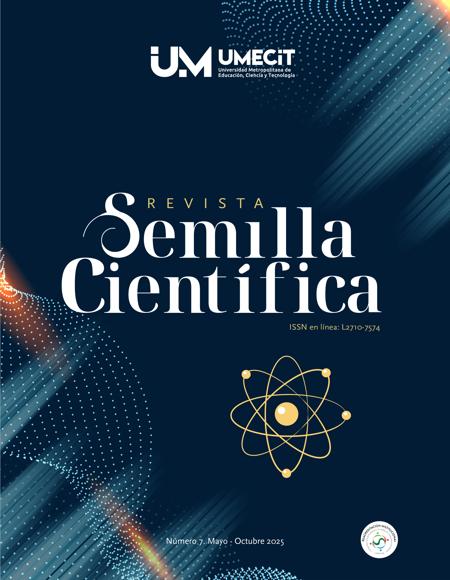Abstract
The article discusses the importance of film as an art form and cultural expression, highlighting its ability to entertain, inform and move audiences. It emphasizes the need to educate and sensitize society about the importance of film and to inspire talented young people to explore careers in the film industry. The overall objective focuses on the social and cultural impact that Panamanian filmmaking can generate, fostering the evolution of film culture and promoting new talent in the country. The methodology was structured based on the qualitative approach with field design and descriptive level, the selected population and sample consisted of professionals with experience in cinematography, these filmmakers gave their points of view on the subject, the technique was the survey and as an instrument a structured questionnaire was carried out where the years of experience and various questions that gave way to the results were evidenced, The results were very satisfactory since they show that it is possible to generate a great impact by implementing our own styles, giving originality at the moment of production, projecting experiences, feelings and a great connection with the spectators and future filmmakers. Through this exhaustive study it was concluded that Panamanian cinema has a satisfactory future since there are many unknown and exciting things about the culture of the country, with the necessary support it is possible to obtain productions with greater national and international boom.
Keywords
References
Bordwell D. y K. Thompson. “El Arte cinematográfico”, Estados Unidos: Ediciones
Paidós,1995.Disponible:https://www.academia.edu/8653496/El_arte_cinematografico_Bordwell_y_Thompson [8]
Equipo editorial Etecé, “Cine,” Enciclopedia Humanidades, enero. 23, 2023. Disponible: https://humanidades.com/cine/ [1]
Fernández F. y Barco C. “Producción Cinematográfica Del proyecto al producto”, España: Díaz Santos, S.A., 2009. Disponible: https://books.google.com.pa/books/about/Producci%C3%B3n_cinematogr%C3%A1fica.html?id=mdJtLBXTNp0C&redir_esc=y [7]
Furio Alarcón, A. P. “El cine como pensamiento, representación y construcción de la realidad, educación y cambio social,” Universidad Complutense, Madrid, 2019. Disponible: https://docta.ucm.es/entities/publication/084d1cc2-ecd9-47e5-bbd5-f3583ebf1070 [6]
Hernández, R., Fernández, C., y Baptista, P. “Metodología de la investigación”, 6ª ed. México: Editorial Mc Graw Hill,2014. [10]
López Golán, M. “La industria cinematográfica en la era digital Diferentes conceptualizaciones y nuevas oportunidades para el creador.,” Universidad de La Coruña, Ecuador, 2016. Disponible: https://www.researchgate.net/publication/340232686_La_industria_cinematografica_en_la_era_digital_Diferentes_conceptualizaciones_y_nuevas_oportunidades_para_el_creador [5]
Martin, M. “El lenguaje del cine”, 5ᵃ reimpresión. Barcelona: editorial GEDISA, 2002. Disponible: https://estudis.uib.cat/digitalAssets/527/527262_martin_marcel.pdf [9]
Martínez, G. L. “La evolución del cine en Panamá: Un análisis de la producción cinematográfica y su impacto social,” Revista Panameña de Cine, vol. 12, no. 3, pp. 45-52, Jul. 2023. [3]
Urrutia, B. “El cine como herramienta de enseñanza,” Ciencia, Julio,2021. Disponible:https://www.academia.edu/61900565/Zavala_ed_Z_Cine_y_educaci%C3%B3n_6_MB [2]
Publication Facts
Reviewer profiles N/A
Author statements
Indexed in
- Academic society
- Universidad Metropolitana de Educación, Ciencia y Tecnología
- Publisher
- Universidad Metropolitana de Educación, Ciencia y Tecnología













